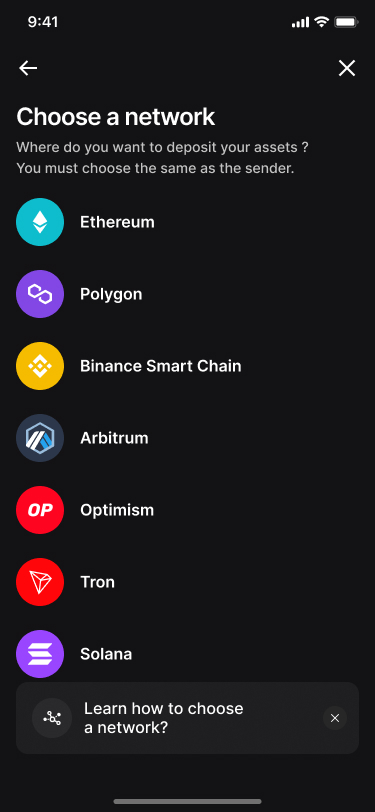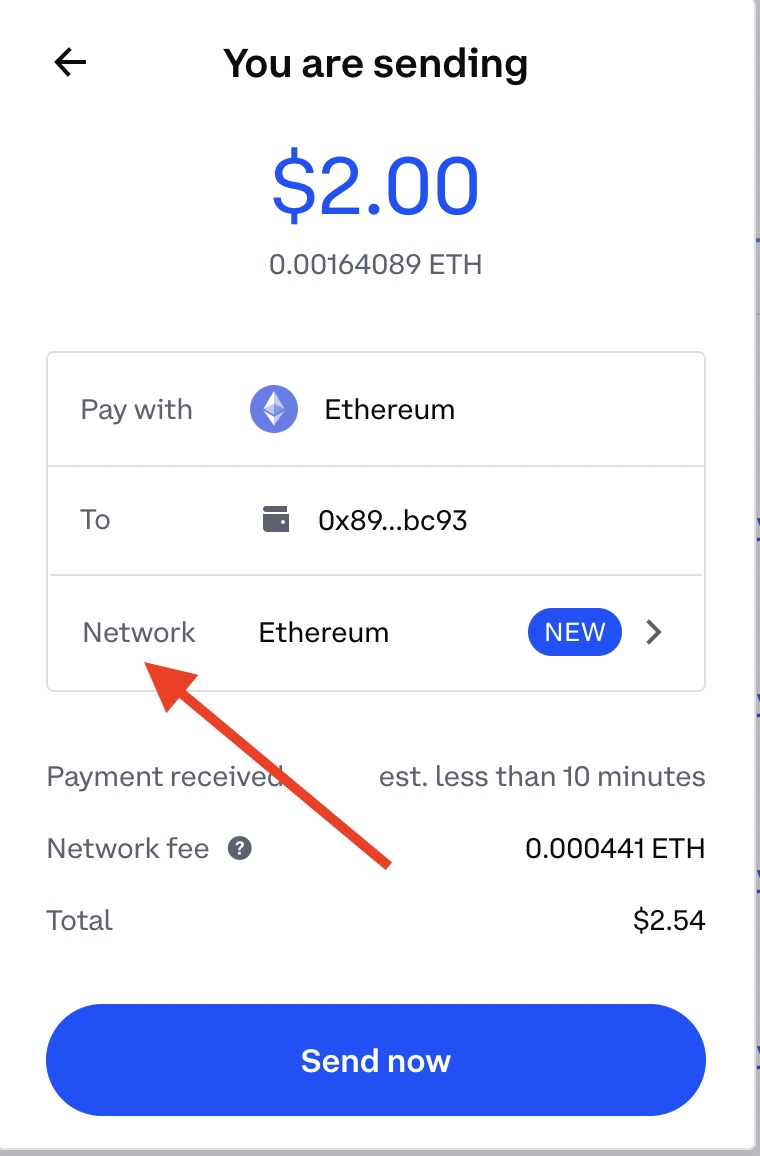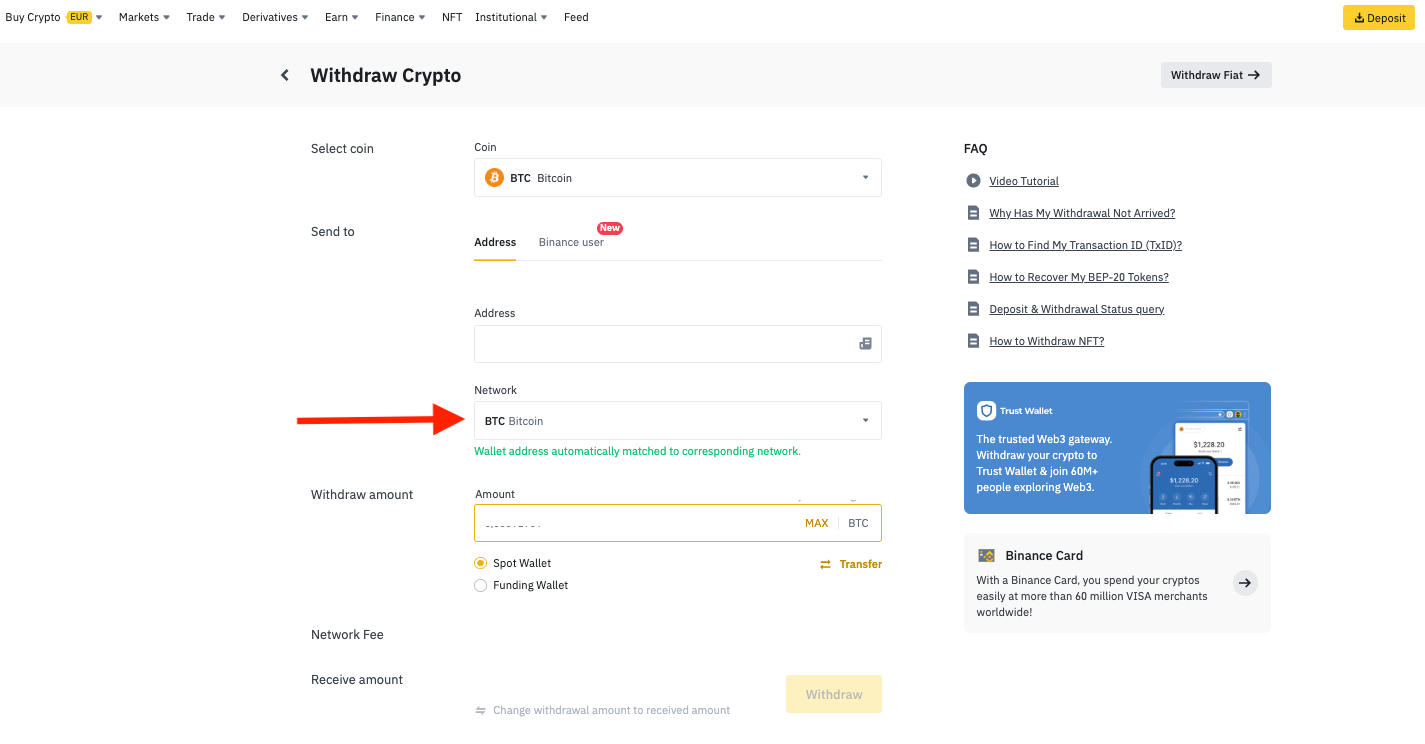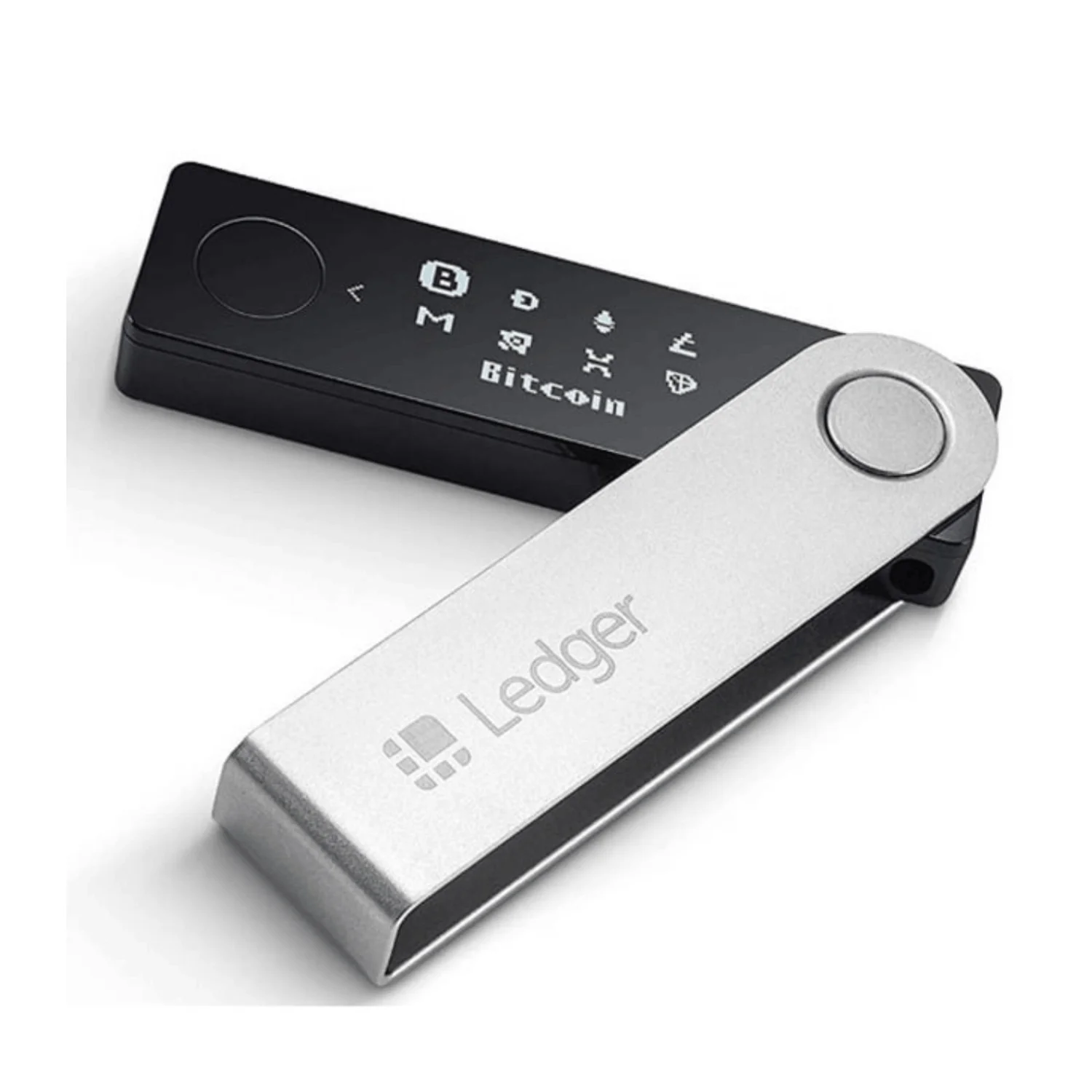When withdrawing crypto from an exchange to your Ledger wallet, you must select the right network. Choosing the wrong network may result in the loss of your crypto.
In this article, we’ll cover what exactly a network is, the difference between coins and tokens, how to select the right network in Ledger Live and in the exchange you’re withdrawing crypto from, and share resources that can be helpful if you sent your crypto to the wrong network.
Please download the last update of Ledger Live Application:
1. Ledger Live for Windows 10/11
2. Ledger Live for MAC
3. Ledger Live for Android
What is a network?
The network is another term for blockchain. It can be explained as a decentralized ledger that processes, validates, and records transactions without the need for a central authority or server.
Crypto assets run on networks. Each network has a native coin that you can send and receive, and in some cases, stake.
Coins vs Tokens
The terms coins and tokens are often used interchangeably in the crypto industry.
There is, however, a difference between the two.
| Coin | Token |
| Native asset issued directly by the network | Created on top of the already existing network |
| A coin can’t be created without building the blockchain | Tokens can be created on top of the existing blockchains |
| Primarily designed to store value, pay transaction fees, and work as a medium of exchange | Can serve a variety of purposes such as voting rights in a DAO or access to certain services or products |
Notable examples of native coins include BTC, ETH, CRO, LTC, and ADA.
Although ETH is the native coin of the Ethereum blockchain, numerous ERC-20 tokens are also built on top of it.
Another example of a token is CRO, the utility token for the Crypto.com ecosystem that can be used to pay fees on the platform or staked for various benefits.
Tether can issue tokens that are built on multiple blockchains such as Bitcoin (Omni & Liquid protocol), Ethereum, TRON, EOS, Algorand, Solana, Arbitrum, and Polygon.
Choosing the right network
Key terms
Withdrawal network – the network you select on the exchange when withdrawing crypto.
Deposit network – the network where you deposit funds to your Ledger wallet.
The withdrawal network you select on the exchange must match the deposit network you select in your Ledger wallet.

For most withdrawals, an exchange will automatically match the target address to the correct network but make sure to always double-check that the correct network is selected before sending your crypto to your Ledger wallet.
You also need to make sure that you’re withdrawing crypto to a network that is supported both by the exchange and Ledger Live.
Here you can see the network field in the Coinbase mobile app:

Or the network field on the Binance exchange:

The correct network depends on the crypto you’re withdrawing. Here are a couple of tips to help you out:
- BTC → Bitcoin network
- ETH and ERC20 tokens → Ethereum network
- LTC → Litecoin network
- BNB and BEP20 tokens → BNB/BEP20 network
- TRX and TRC10 and TRC10 tokens including USDT → Tron/TRX network
Things, however, can get complicated. For example, with CRO, you need to be extra careful. Another example is USDT which can run across a variety of networks. In that case, you need to make sure to withdraw USDT (ERC20) to your Ethereum account or USDT (TRC20) to your TRON account.
What happens if I send my crypto to the wrong network?
The recovery process will depend on the network you sent your crypto to, the address you used, and whether the crypto is supported by a Ledger wallet.
